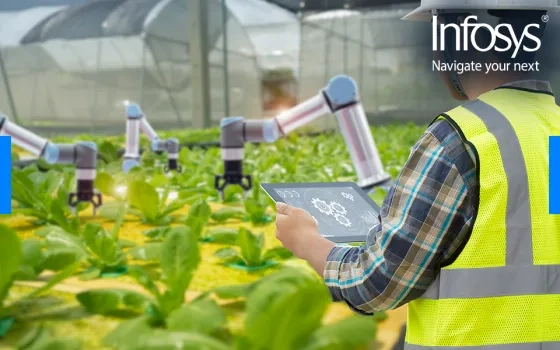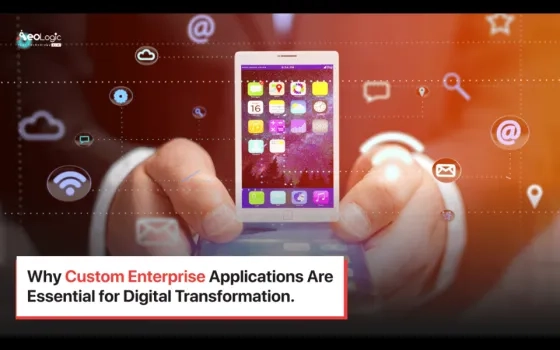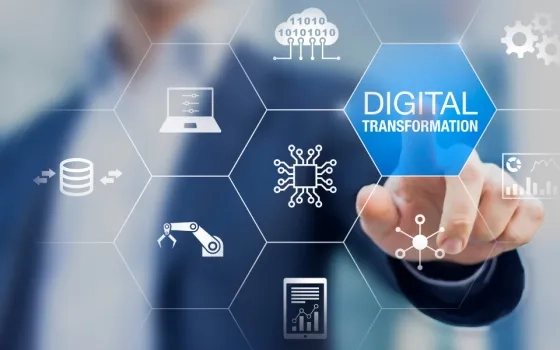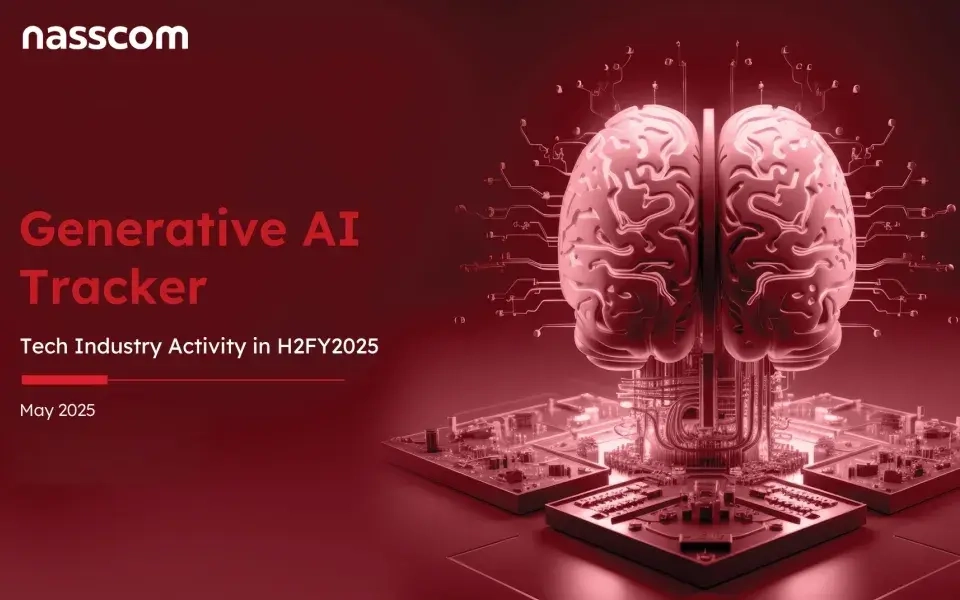Productivity is crucial to meet the growing population’s food demand. However, there is a considerable lack in the agricultural sector’s productivity growth, according to the “2021 Global Agricultural Productivity Report.”1,2 Total factor productivity (TFP) represents the agricultural output from the combined set of land, labor, capital, and materials used. From 2010 to 2019, the annual TFP growth was at 1.4%, which is significantly below the targeted 1.7%.
The sector’s financial contribution to the global economy has steadily declined over the past five decades — from 10% levels during the 1960s to below 5% in 2020. Regardless, food remains a fundamental requirement for life, making agriculture a core component and continuing priority for the future. Ongoing disruptions caused by the Russia-Ukraine war, COVID-19, and environmental changes have impacted food prices and global supply. If strong measures are not taken, food inflation will worsen, and availability will continue to deteriorate.
Still, productivity increases cannot be gained at the cost of livelihoods or adverse environmental impacts. Technologies can assist in balancing productivity, employment, and sustainability (Figure 1). They offer affordable and innovative solutions to improve productivity while mitigating economic and environmental risks.3
Figure 1. Technologies balance productivity, employment, and sustainability
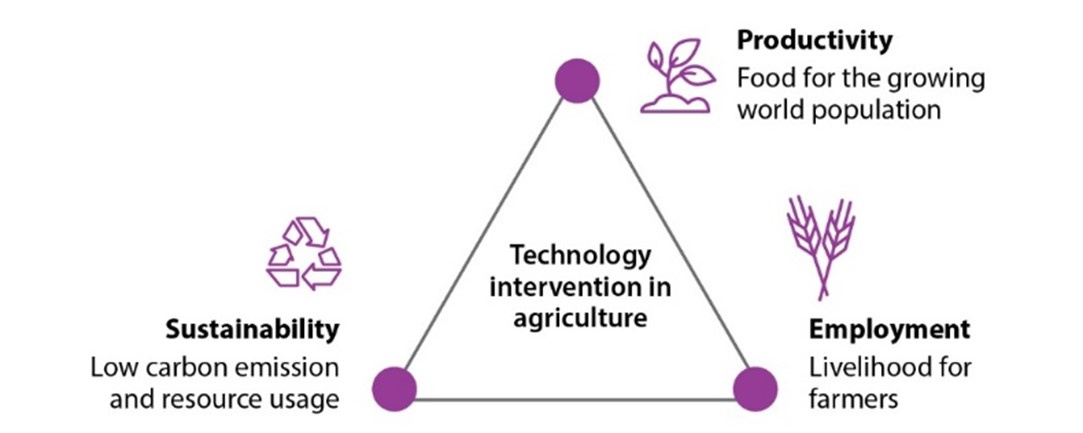
Source: Infosys
While several industries have identified technologies for sustainability and climate resilience, agriculture has not yet done so at scale. More than 25% of the global population will need to adopt green farming practices for a sustainable future, given the fragmented nature of the sector.4 Technological intervention in agriculture is broadly happening through physical paths, by automating tasks using machinery, and digital paths, by providing information flows that assist timely and key decision-making. Soil parameters, weather patterns, and commodity prices are examples of data that help farmers take actions that translate into efficiency and yield improvements.
Digital technologies offer affordable and innovative solutions for agricultural productivity, while mitigating the associated risks
Agriculture 4.0 is a part of the fourth wave of the industrial revolution (Industry 4.0), which proposes an ideal state of fully autonomous and optimized manufacturing in factories. Autonomous farming is possible through efficient integration of physical and digital technologies, with gradual progression from manual to automatic to semiautonomous to, eventually, fully autonomous operations (Figure 2). Customers now demand transparency and traceability for the origin of the food they buy. Beyond efficiency, Industry 4.0 provides a framework for proactive traceability in the agri-food chain using digital technologies to achieve Agriculture 4.0.5
Figure 2. Rising levels of autonomy in farming

Skill-based revolution
The United Nations’ Sustainable Development Goal 2 (SDG 2) targets a state of zero hunger globally by 2030, but the world is nowhere near the trajectory needed to achieve that goal. According to the U.N.’s recent estimate, the number of people suffering from hunger will reach 830 million by 2030, amplified by disruptions caused by the pandemic, political upheaval, and even military conflicts like the one in Ukraine.
Agriculture contributes to more than 10% of worldwide greenhouse gas emissions. This share could grow as a result of filling the gap in agricultural output, pushed by the need for mechanization and green farming practices. Technologies will play a key role in measuring emission levels prior to and after mechanization. Any increase in emissions due to technological intervention should be measured and kept under control. According to McKinsey, green farming practices will lead to a loss of 34 million existing jobs but will create 61 million new jobs.6 Farmers need innovation and government support for automation and skills development.
Industry 4.0 for farms
Global bodies and governments are increasingly advocating for technology-driven farming. The agriculture industry (particularly Big Ag) also wants more tech due to increased labor costs and a shortage of skilled labor (Figure 3). Further, the plummeting costs of connected devices and increased accessibility to automation technologies are accelerating the financial feasibility of more tech in the industry.
The tenets of Industry 4.0 — visibility of parameters, transparency to understand why events occur, predictability to proactively simulate, and autonomy to operate without human intervention — broadly apply to Agriculture 4.0 as well.7
The convergence of the digital and physical worlds in agriculture is parallel to the integration of information technology (IT) and operational technology (OT) in Industry 4.0, referred to as IT-OT integration. IT is enterprise-level data, while OT is shop floor-level data. Similarly, agricultural field data in farming (e.g., nutrient contents in soil) should be integrated with external parameters (e.g., weather patterns, prices of commodities, and equipment health). Agriculture 4.0 combines science and technology by reengineering the entire supply and demand value chain.
Autonomous farming
The evolution of precision agriculture, autonomous technologies, vision systems, sensor integrations, and smart applications brings automated farming closer to reality. The objective is to connect the entire value chain — from seed selection, land cultivation, irrigation, and crop inputs application to harvesting and post-harvesting logistics — by leveraging available information across systems and farm equipment.
The push for sustainability is not limited to the boundaries of farms. The U.N.’s SDG 12 addresses “responsible consumption and production.” According to the U.N., one-third of the food produced globally, which has a value of around $1 trillion, is wasted due to poor harvesting, transportation, and storage, and the food ends up rotting in warehouses or bins. Avoiding this requires efficient practices to enable more sustainable “farm to fork” models.
Autonomous farming is expected to deliver cost-effective solutions across the value chain through the constant real-time monitoring of fields, crops, machines, and weather. Potential use cases include path optimization; coverage area; utilized equipment time for plowing, cultivation, and harvesting; reducing operations costs; connecting processes for real-time crop monitoring; and logistics support for farm production.
Current systems and technologies need to integrate with 5G networks, advanced autonomous systems powered by artificial intelligence (AI), connected services, and smart, cloud-based services for end-to-end workflow automation. Autonomous tractors and weeding equipment will minimize human intervention, eliminate errors, and save energy. Powered by real-time location services with 5G networks, a variety of connected farming equipment will spray, seed, cultivate, plow, and harvest. AI-based data analytics will enhance connected smart irrigation technologies to optimize the consumption of resources and fulfil farmers’ topmost requirement of lowering the total cost of ownership (Figure 3).
Figure 3. Technology’s impact on the agricultural revolution8
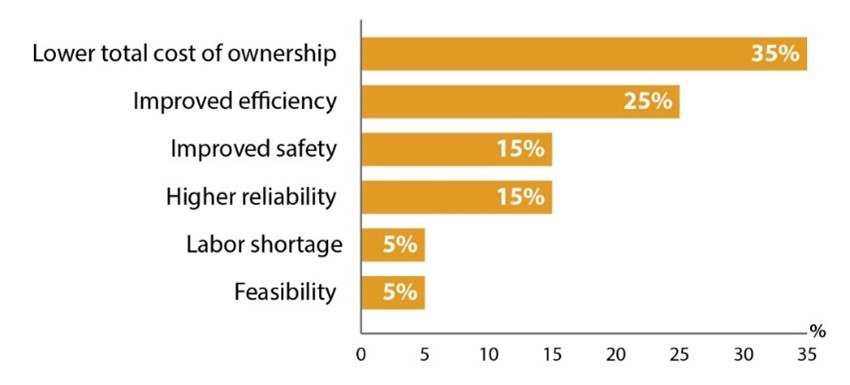
Affordable farming
Affordability is a crucial measure for these technologies if they are to be adopted, particularly in developing countries. One approach to enhance affordability is to develop technologies using open-source software, architectures, and frameworks and standardized application programming interfaces (APIs). Integrated platforms ingest data, harness workflow, and enable a fusion of data feeds with AI-driven decision engines. Further, architectures should utilize strong principles of modular and agile software, microservices, and nonproprietary, software-agnostic models. Figure 4 shows a typical technical landscape and high-level architecture of these technology components.
Open-source software, architectures, frameworks and APIs support affordable digital technology intervention
Figure 4. Cloud-managed services, fleet services
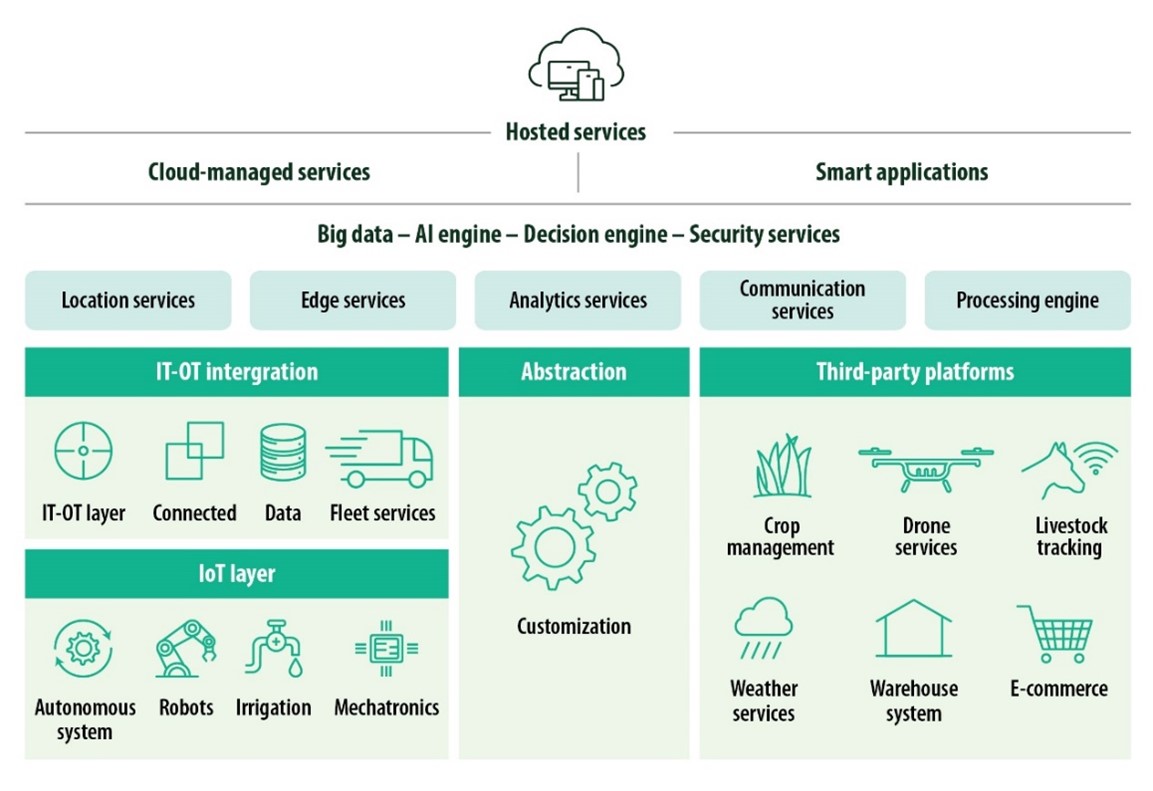
Third-party platforms that service weather, warehouse management, fleet management, and e-commerce can manage APIs through abstraction layers where customization will occur. Location details from global navigation satellite systems can be streamed to pinpoint real-time locations of machinery, assets, and livestock. Edge computing services can analyze image feeds to recognize crop growth patterns and field conditions. They can be used for surveillance with local decision making.
Analytics services enable historical data comparison for growth monitoring, and to support data-based decision-making using business rules. Dashboards empower farmers to make better decisions through these analytics. Cloud management services with built-in security layers ensure data privacy and security, respecting local regulations. Managed hosting services and applications provide a user interface on smart devices, enabling farmers to access data and information in real time. Table 1 presents key dimensions in autonomous farming that will drive the market.9

Precision farming technologies
Precision agriculture uses Internet of Things (IoT)-powered smart automation for rapid analytics and to enable precise field management. 5G networks with lower latency and higher bandwidth allow real-time streaming of time series and videos. Fields will be occupied by multiple autonomous farming machines that will each need to be seamlessly connected and controlled for given operations. Swarm intelligence is the collective and coordinated behaviour of many individuals working as one system toward a common objective in a decentralized, self-learning, self-organizing manner. It will optimize, control, and self-heal with AI algorithms on a common network for better utilization and path planning of farming equipment.
Resilient farming in rural areas
The challenges in developed countries are the shortage of a skilled workforce and high labor costs. At the same time, telecommunications coverage for 5G is low in remote areas and not sufficient for centralized operations. However, 5G packets deliver a turnaround time of less than 10 milliseconds, enabling localized networking.
Smart farming use cases
The above technologies can be used in multiple combinations to enable smart farming. Smart farming use cases include the following:
- Autonomous monitoring of crop type, yield, color, characteristics, and growth patterns.
- Streaming of operational attributes of agricultural equipment and accessories for preventive maintenance measures.
- Integrating the agricultural platform by connecting the value chain with transparent information from supply and demand perspectives.
- Mapping of farming fields and optimization of routes to identify the shortest movements and to minimize operating time and fuel usage.
- Connecting machines on a common network for efficient mapping of routes.
- Integrating precision agriculture with analytics for real-time monitoring of farm fields.
- Swarm intelligence will play a key role for optimized, autonomous farming in a decentralized, self-learning manner
Responsible innovation
Robotics, AI, and 5G can progressively expand smart and autonomous farm operations. These technologies empower farmers with critical insights and allow them to make decisions that reduce costs and improve efficiency.
Open-source software with third-party platforms can create affordable digitization in farming. At the same time, machine, operational, and process data across multiple sources and technology layers should be synthesized and analyzed without compromising the end-user experience.
Swarm intelligence will play a key role in promoting autonomous farming. Efficient supply chain management practices will help reduce food waste and encourage responsible food consumption.
Regardless of technology’s influence, Agriculture 4.0 requires responsible innovation to drive productivity while ensuring economic, environmental, and social sustainability.
References
1. Strengthening the climate for sustainable agricultural growth, 2021 GAP report.
2. Slowing productivity reduces growth in global agricultural output, Keith Fuglie, Jeremy Jelliffe, and Stephen Morgan, December 28, 2021, U.S. Department of Agriculture.
3. Three key challenges facing agriculture and how to start solving them, Jonathan Brooks, Koen Deconinck, and Céline Giner, June 6, 2019, OECD.
4. Reducing agriculture emissions through improved farming practices, Daniel Aminet et al., May 6, 2020, McKinsey.
5. From Industry 4.0 to Agriculture 4.0: A framework to manage product data in agri-food supply chain for voluntary traceability, A. Corallo, M. Latino, Marta Menegoli, April 5, 2018, International Journal of Nutrition and Food Engineering.
6. Sectors are unevenly exposed in the net-zero transition, Mekala Krishnan et al., January 25, 2022, McKinsey.
7. Making Industry 4.0 real - using the Acatech I4.0 maturity index, Dr. Ravi Kumar G.V.V., Nampuraja Enose, 2018, Infosys.
8. Autonomous machines in the fast lane?, Alexander Krug, Dr. Philipp Seidel, April 2019, Arthur D. Little.
9. Autonomous Farm Equipment Global Market Report 2021: COVID-19 Growth and Change to 2030, May 2021, Research and Markets.
10. Precision Farming Market with COVID-19 Impact Analysis by Technology, March 2022, MarketsandMarkets.
11. 5G IoT market, March 2021, MarketsandMarkets.
Authors
Dr. Sreekanta Guptha B.P., Infosys
Dr. Ravi Kumar G.V.V., Infosys
Ramachandran S, Infosys Knowledge Institute
Originally published at Infosys Knowledge Institute | Agriculture 4.0 – A Journey towards Sustainable Farming
Click through to know more about Enhance Business Value With Digital Engineering Services | Infosys



